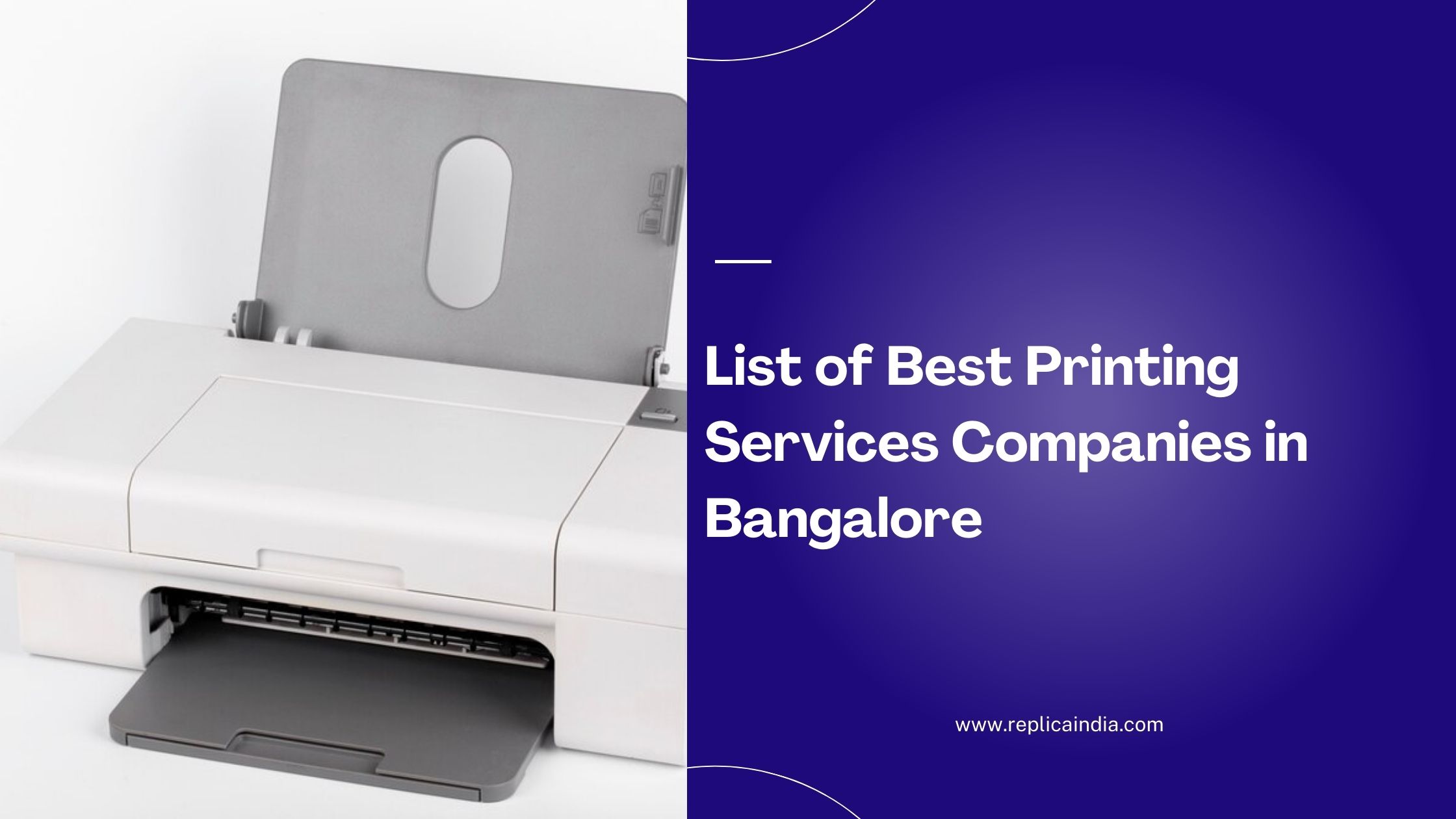
Introduction:
Welcome to our blog! In today’s digitally connected world, wireless technology has become increasingly prevalent in various aspects of our lives, including printing. Wireless printers offer convenience and flexibility, but like any technology, they come with their own set of advantages and disadvantages. In this post, we’ll delve into the pros and cons of wireless printers to help you make an informed decision about whether they’re the right choice for your printing needs.
Advantages of Wireless Printers:
Convenience:
One of the most significant advantages of wireless printers is their convenience. With a wireless printer, you can print from any device connected to the same Wi-Fi network, whether it’s a laptop, smartphone, or tablet. This eliminates the need for cumbersome cables and allows for seamless printing from anywhere within the range of the Wi-Fi signal. Whether you’re working in the office, lounging in the living room, or on the go, wireless printing makes it easy to get your documents printed quickly and efficiently.
Reduced Clutter:
Say goodbye to tangled cables and cluttered workspaces with a wireless printer. Without the need for cables connecting your devices to the printer, you can enjoy a cleaner and more organized workspace. This not only improves aesthetics but also reduces the risk of tripping hazards and accidental disconnections. Whether you’re setting up a home office or a shared workspace, wireless printers help keep your environment tidy and free from cable clutter.
Multiple Device Support:
Wireless printers are compatible with a wide range of devices, making them ideal for multi-user environments. Whether you’re printing from a Windows PC, Mac, iOS device, or Android device, a wireless printer can accommodate your printing needs. This versatility makes wireless printers suitable for households with multiple users or businesses with diverse device ecosystems. With support for various operating systems and printing protocols, you can seamlessly integrate a wireless printer into your existing setup without compatibility issues.
Disadvantages of Wireless Printers:
Network Dependency:
One of the main drawbacks of wireless printers is their reliance on a stable Wi-Fi network. If your Wi-Fi network experiences downtime or slowdowns, it can disrupt printing operations and cause frustration for users. Additionally, setting up and troubleshooting wireless printer connections can be challenging for users who are not familiar with networking concepts. Poor network performance or interference from other wireless devices can also affect the reliability and speed of wireless printing.
Security Concerns:
Wireless printers pose security risks that may not be present with wired printers. Since wireless printers are connected to your Wi-Fi network, they are potentially vulnerable to unauthorized access and cyber attacks. Hackers could exploit vulnerabilities in the printer’s firmware or Wi-Fi network to gain access to sensitive documents or launch attacks on other devices connected to the network. To mitigate these risks, it’s essential to implement robust security measures, such as enabling encryption, updating firmware regularly, and restricting access to the printer’s settings.
Limited Range:
While wireless printers offer flexibility in terms of placement, they are still subject to the limitations of Wi-Fi technology. The range of a wireless printer’s signal may be limited by factors such as walls, interference from other electronic devices, and the strength of the Wi-Fi signal. If your printer is located too far from your Wi-Fi router or in an area with poor signal strength, you may experience connectivity issues or slow printing speeds. Extending the range of your Wi-Fi network with range extenders or upgrading to a more powerful router can help alleviate these issues.
Cost:
Wireless printers tend to be more expensive upfront compared to their wired counterparts. The additional technology required for wireless connectivity, such as Wi-Fi adapters and network interfaces, contributes to the higher cost of wireless printers. Additionally, ongoing expenses such as ink or toner cartridges and maintenance kits can add to the total cost of ownership over time.
Conclusion:
In conclusion, wireless printers offer unparalleled convenience and flexibility for printing tasks, allowing users to print from any device connected to the same Wi-Fi network. However, they also come with their own set of challenges, including network dependency, security concerns, limited range, and higher upfront costs. Whether a wireless printer is the right choice for your printing needs depends on factors such as your budget, workflow requirements, and willingness to address potential technical issues. At Replica India, we understand the importance of choosing the right printing solution for your business or personal use. Contact us today to explore our range of printing options and find the perfect fit for your needs.




